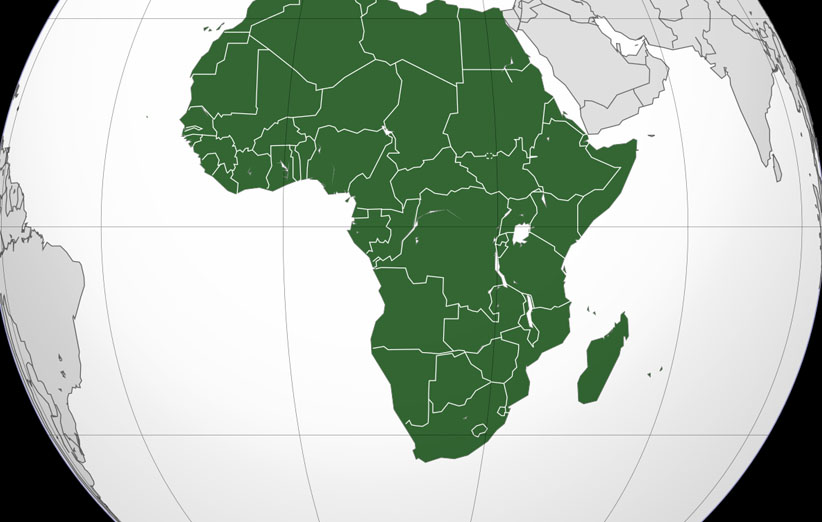- Africa Health Alliance (AHA) and USA Healthcare Alliance (USAHA) brought together leading global and African health experts for a recent online discussion on strengthening healthcare infrastructure and bridging the digital divide in Africa.
- Major challenges identified by the experts included lack of broadband infrastructure, a shortage of digitised data for actionable systemic insights, and inadequate long-term investing and political support for innovative health technologies from Africa.
Africa Health Alliance (AHA) and USA Healthcare Alliance (USAHA) brought together leading global and African health experts for a recent online discussion on strengthening healthcare infrastructure and bridging the digital divide in Africa. Major challenges identified by the experts included lack of broadband infrastructure, a shortage of digitised data for actionable systemic insights, and inadequate long-term investing and political support for innovative health technologies from Africa.
There was consensus that the COVID-19 pandemic presented a rare opportunity for Africa’s health sector to address many long-time systemic challenges and to use their newfound momentum to mobilise vital role players, technology, available funding, and improved ways of working, to solve more than just the pandemic.
Joining the discussions, Dr. David Rhew, global chief medical officer at Microsoft pointed out that Microsoft provided healthcare support globally including Africa, both in the clinical realm of electronic health records and with digital technologies that consumers and patients used. Its most recent innovation is an artificial intelligence (AI) powered “COVID-bot” to help triage patients that faced the challenges such as the lack of streamlined communications and broadband access.
The experts pointed out that many challenges can be solved through public-private partnerships. The private sector, digital innovators and different government departments already had many of the health technology solutions that countries were seeking. The key was to open up opportunities for information sharing, collaboration, procurement and interoperability of existing systems.





